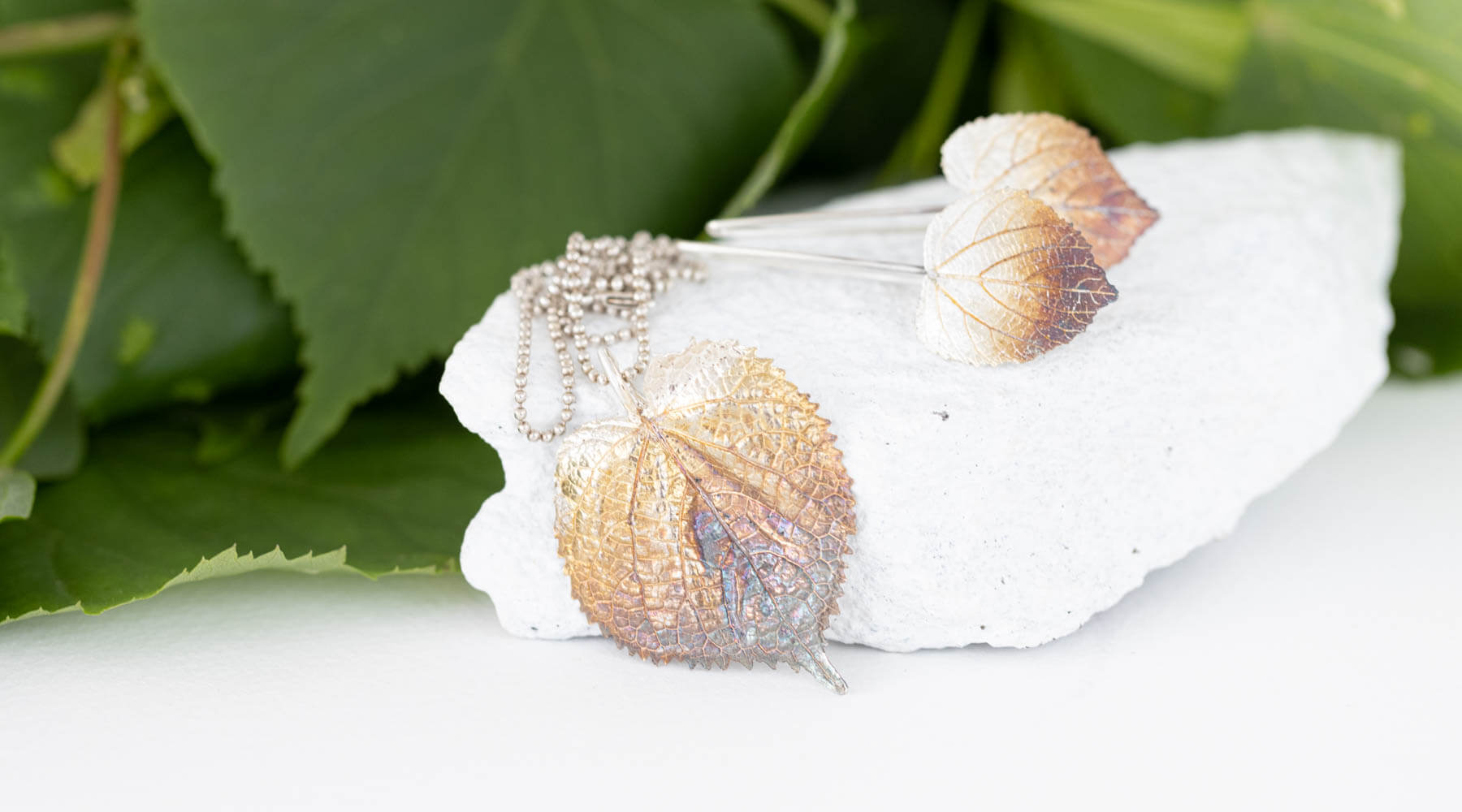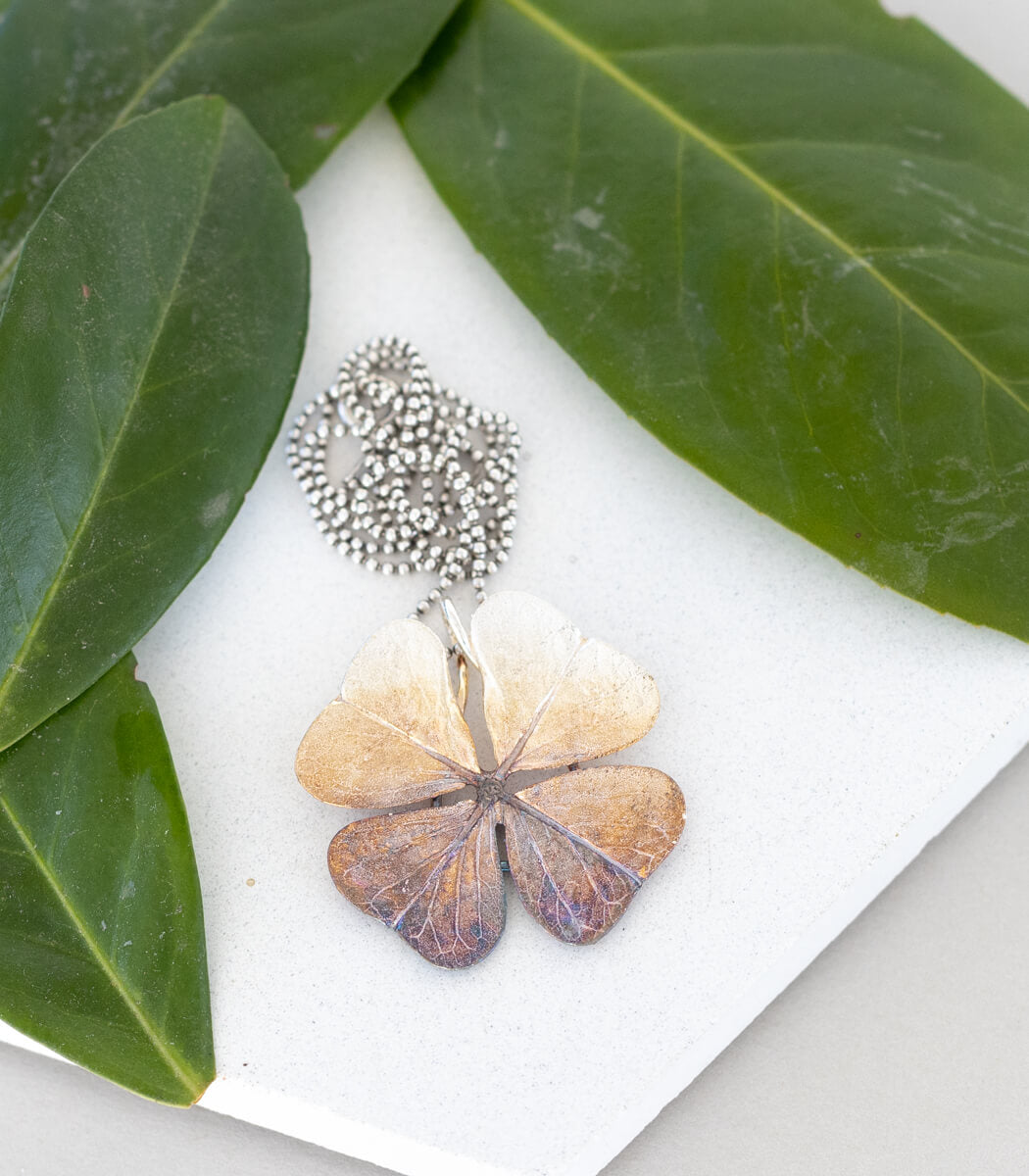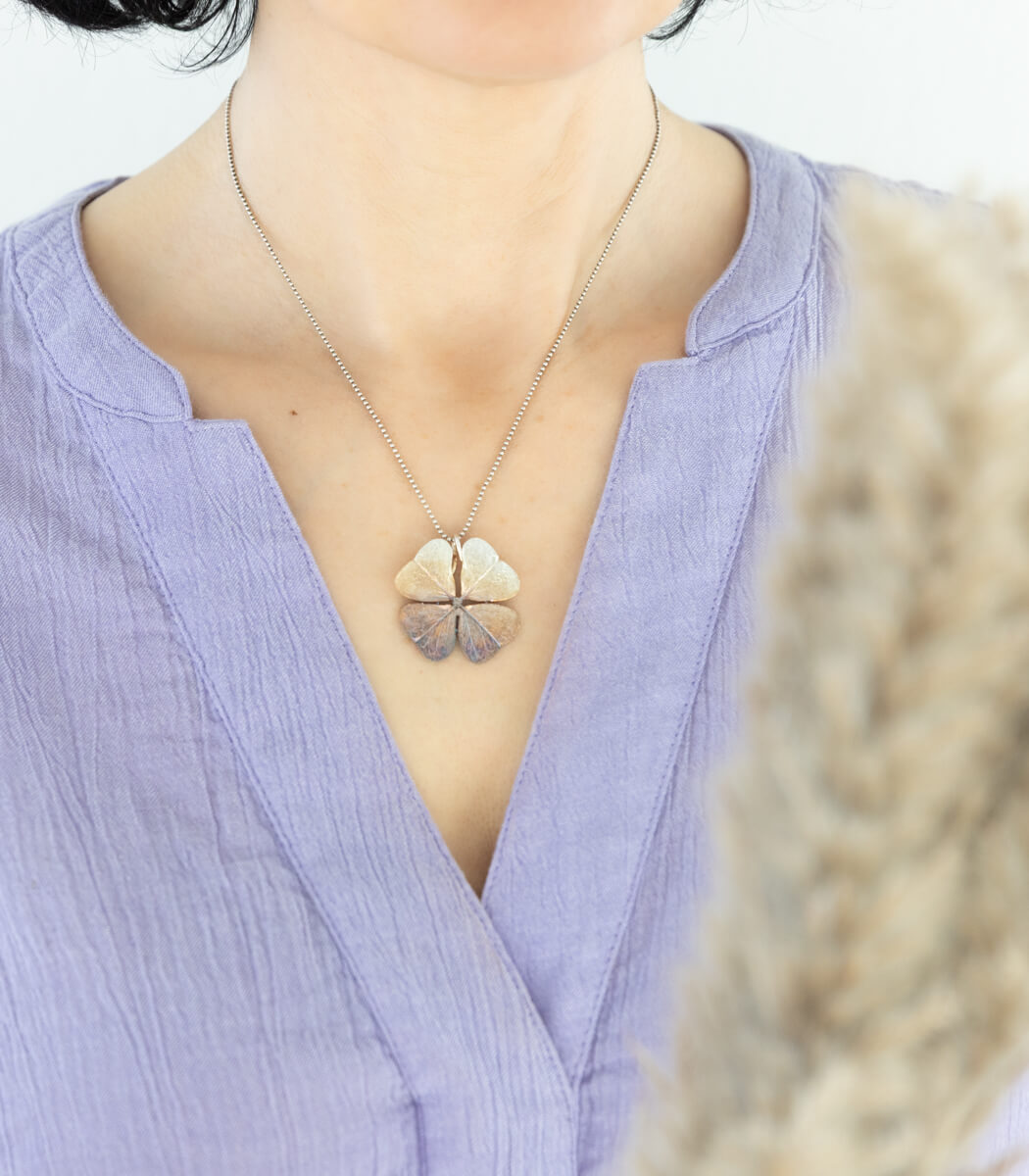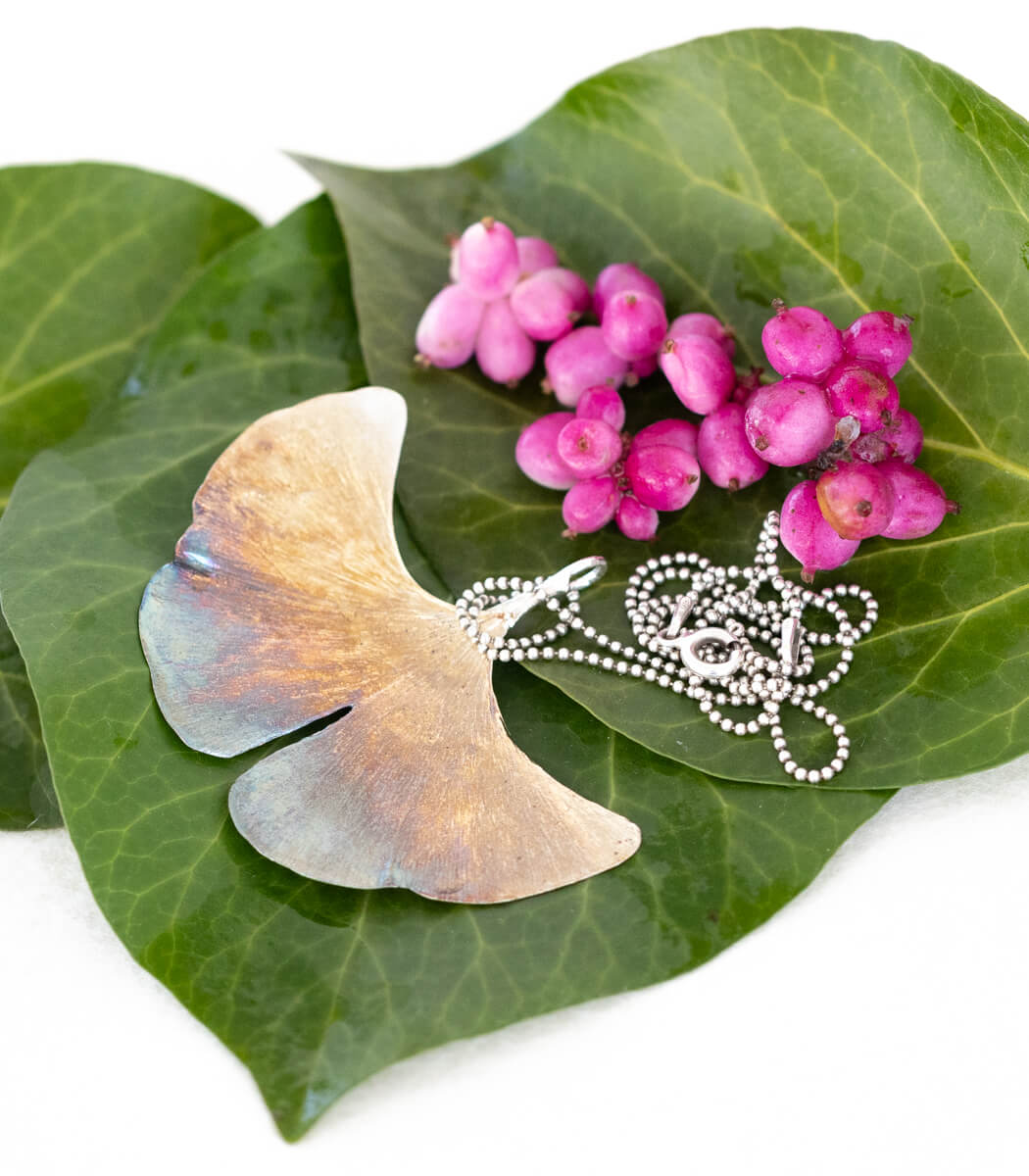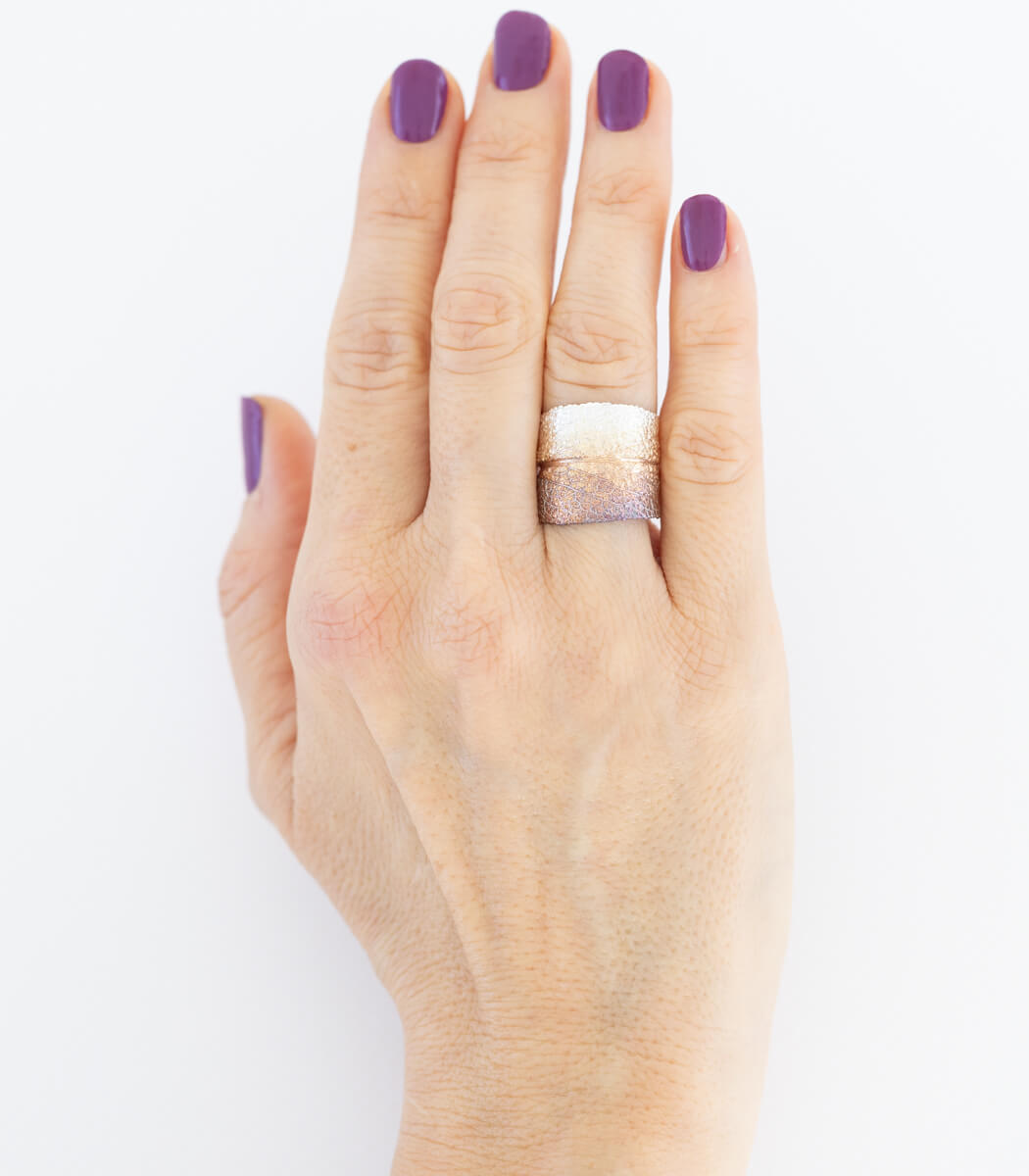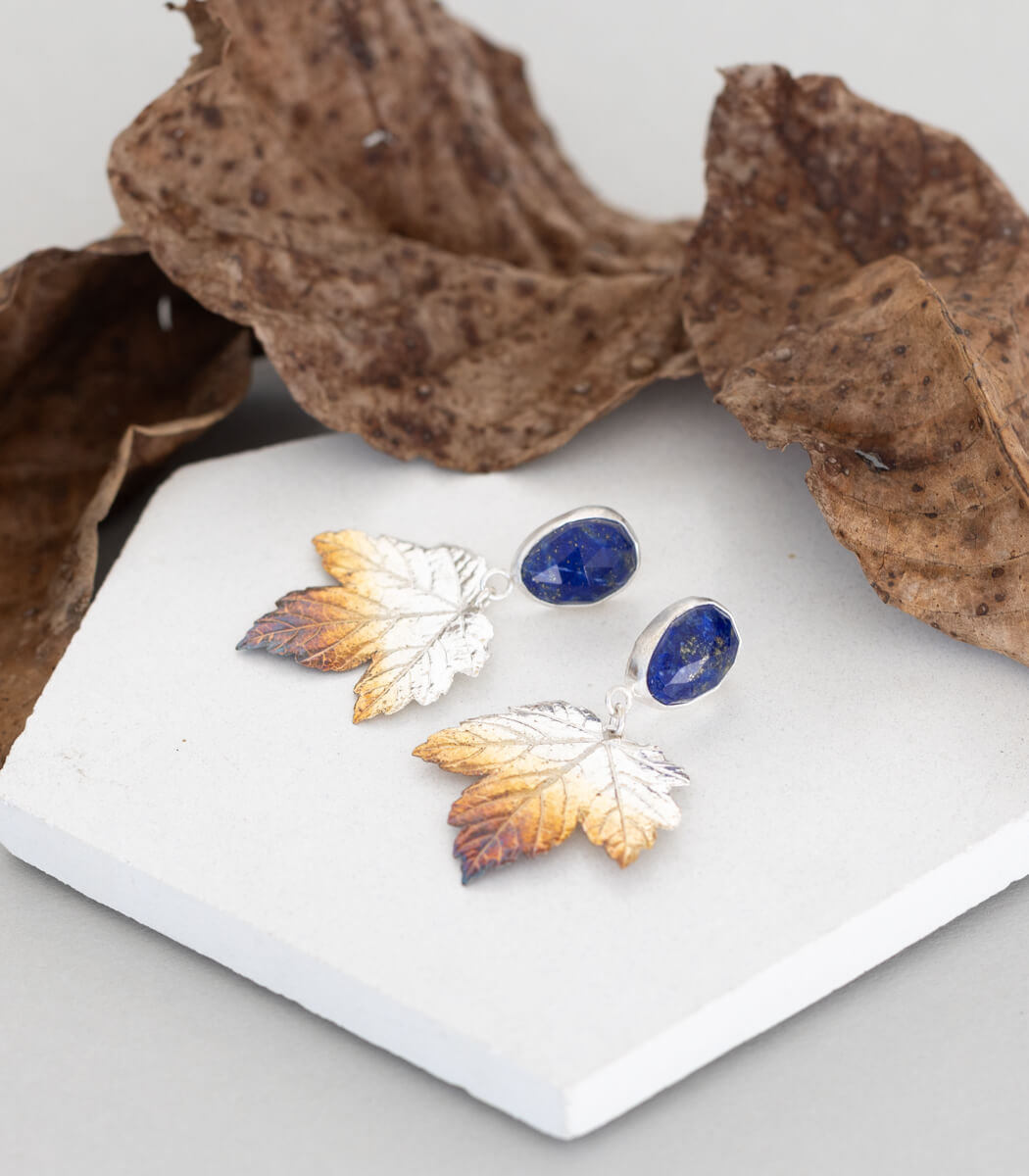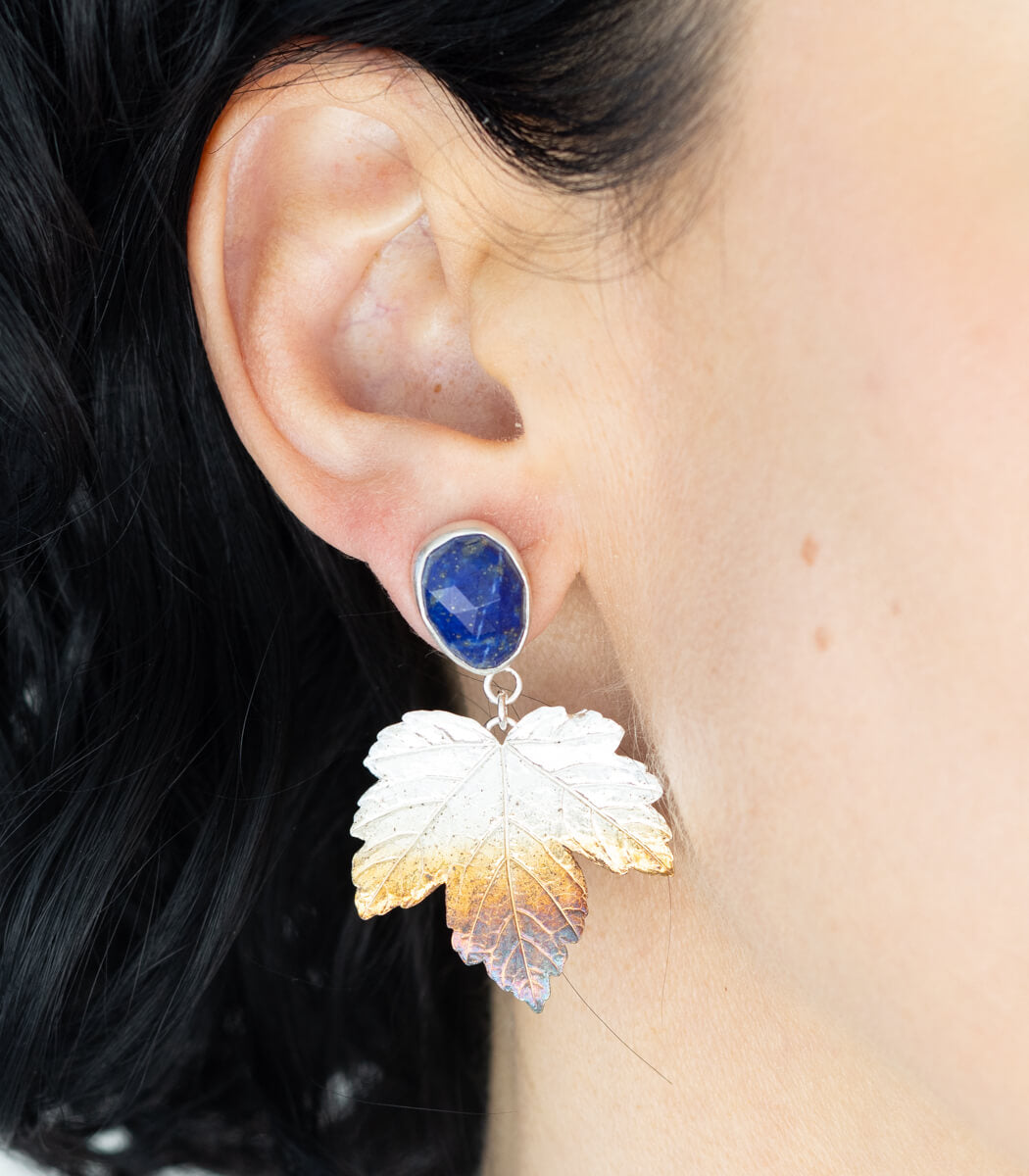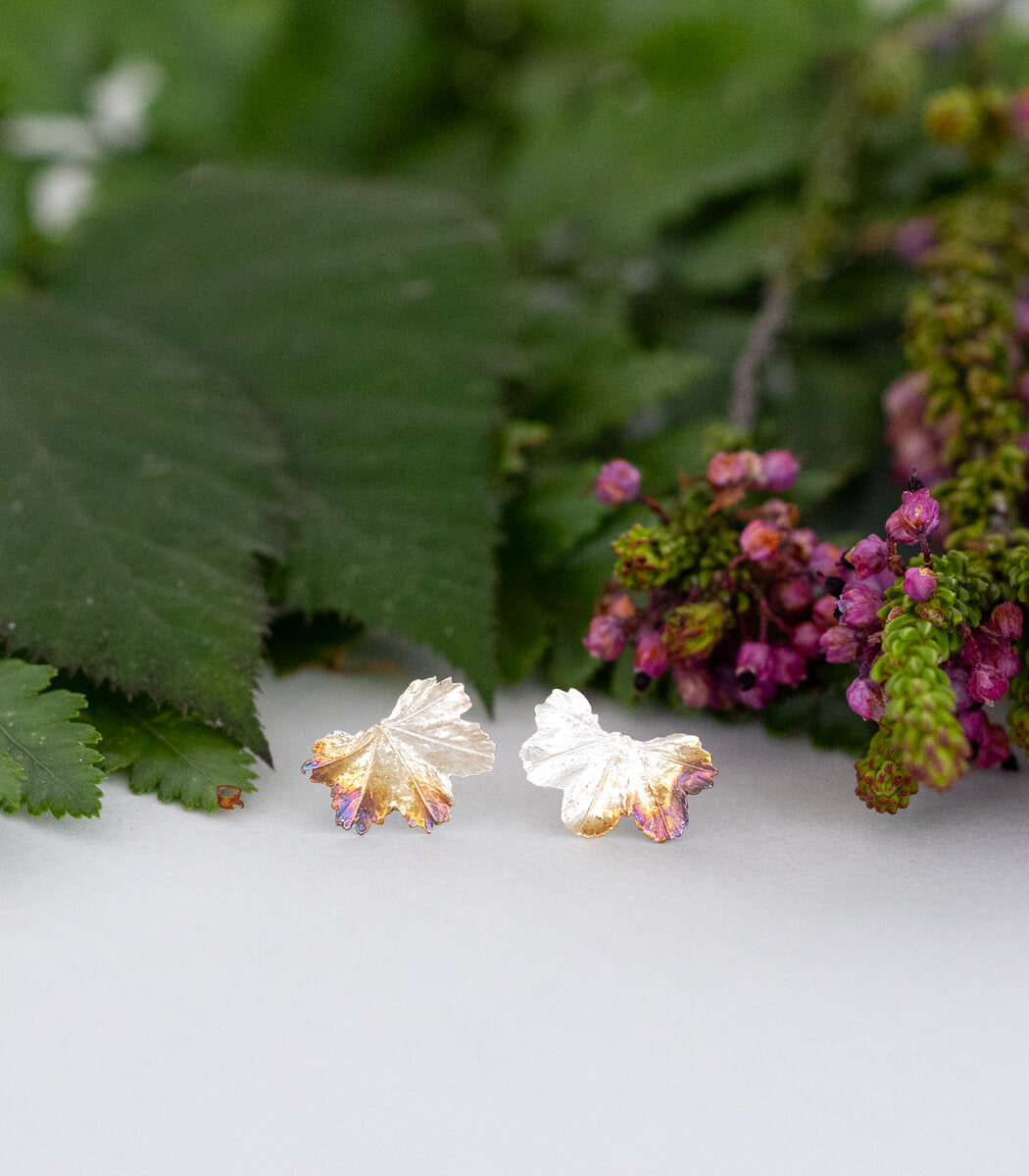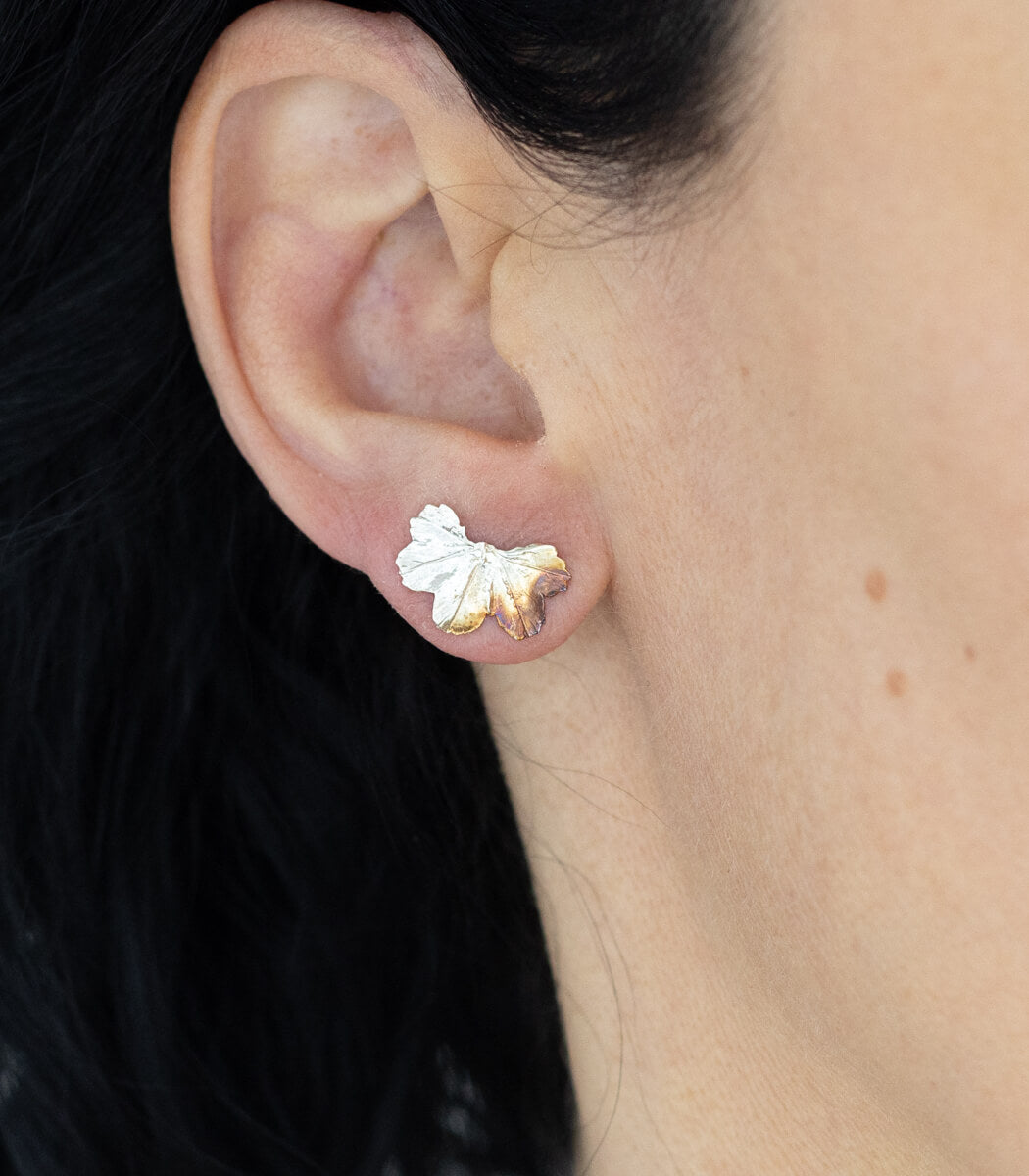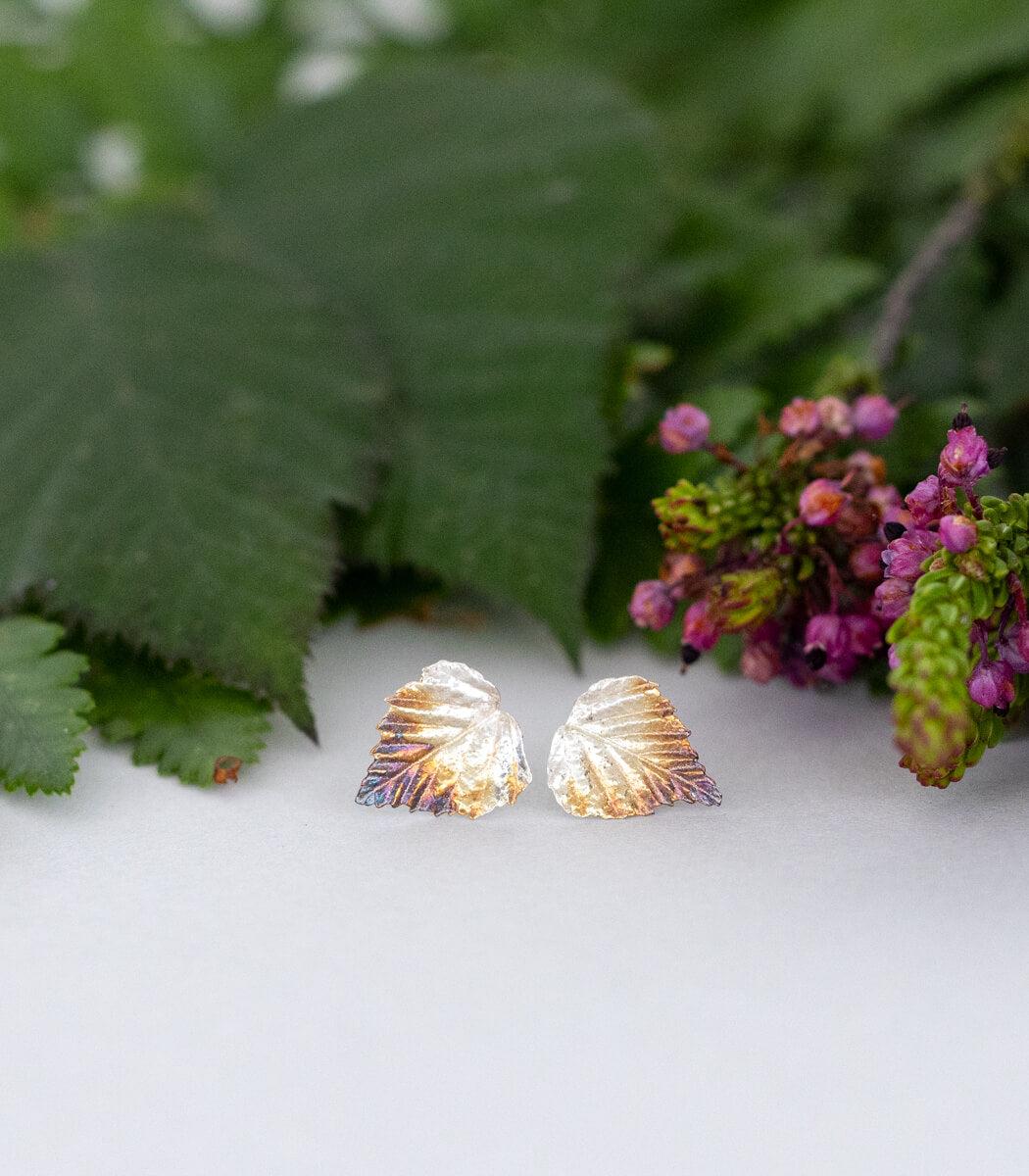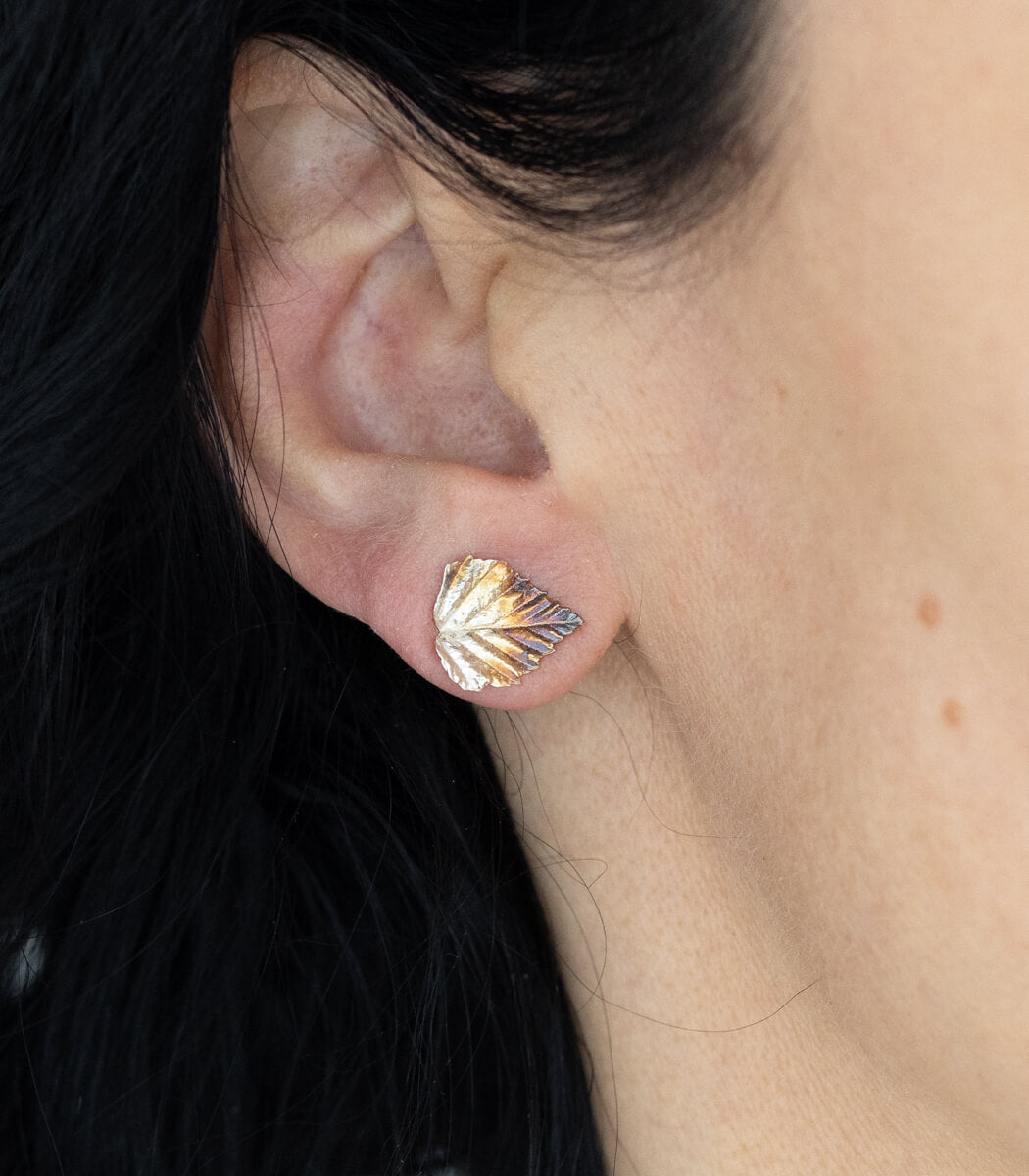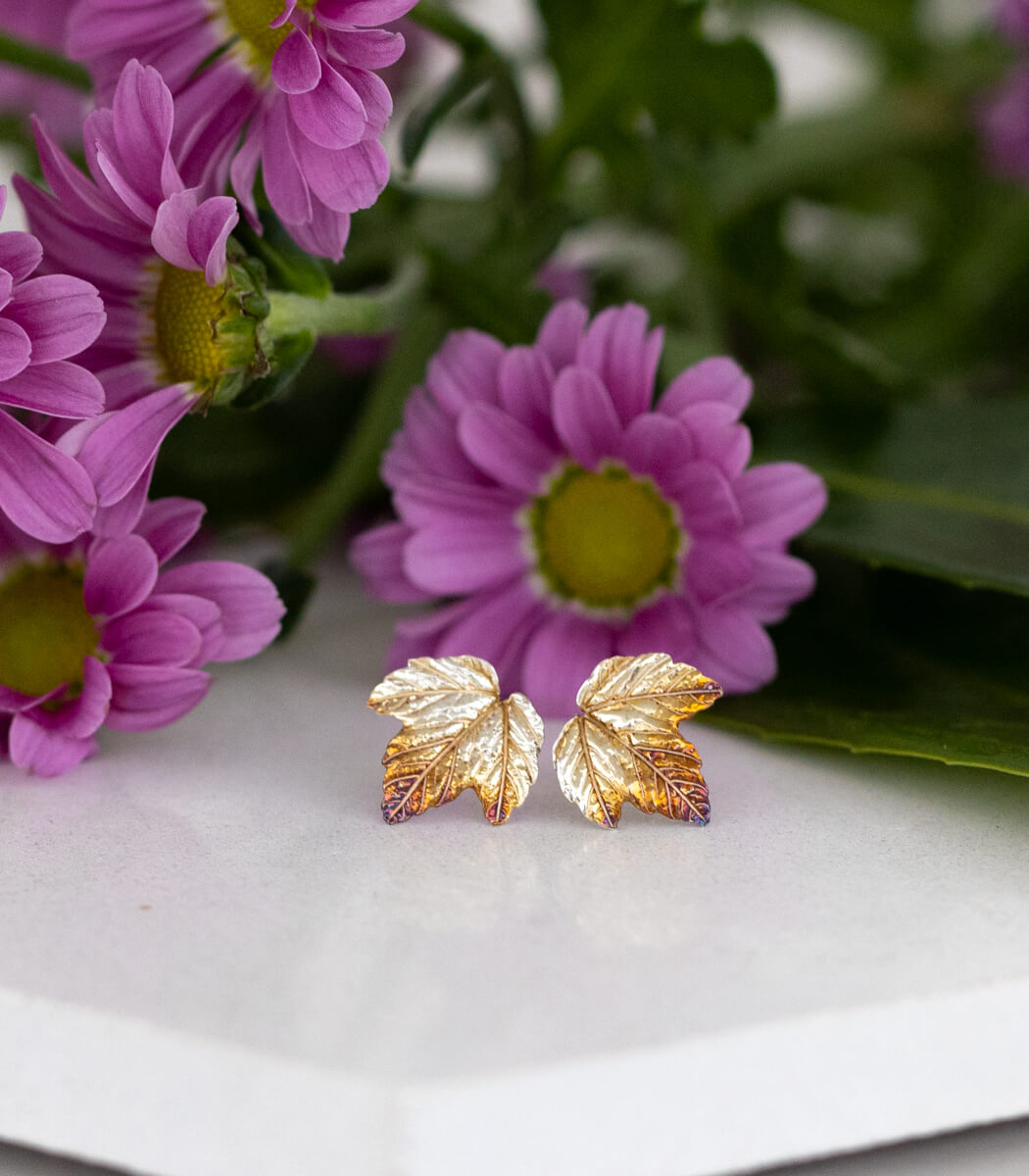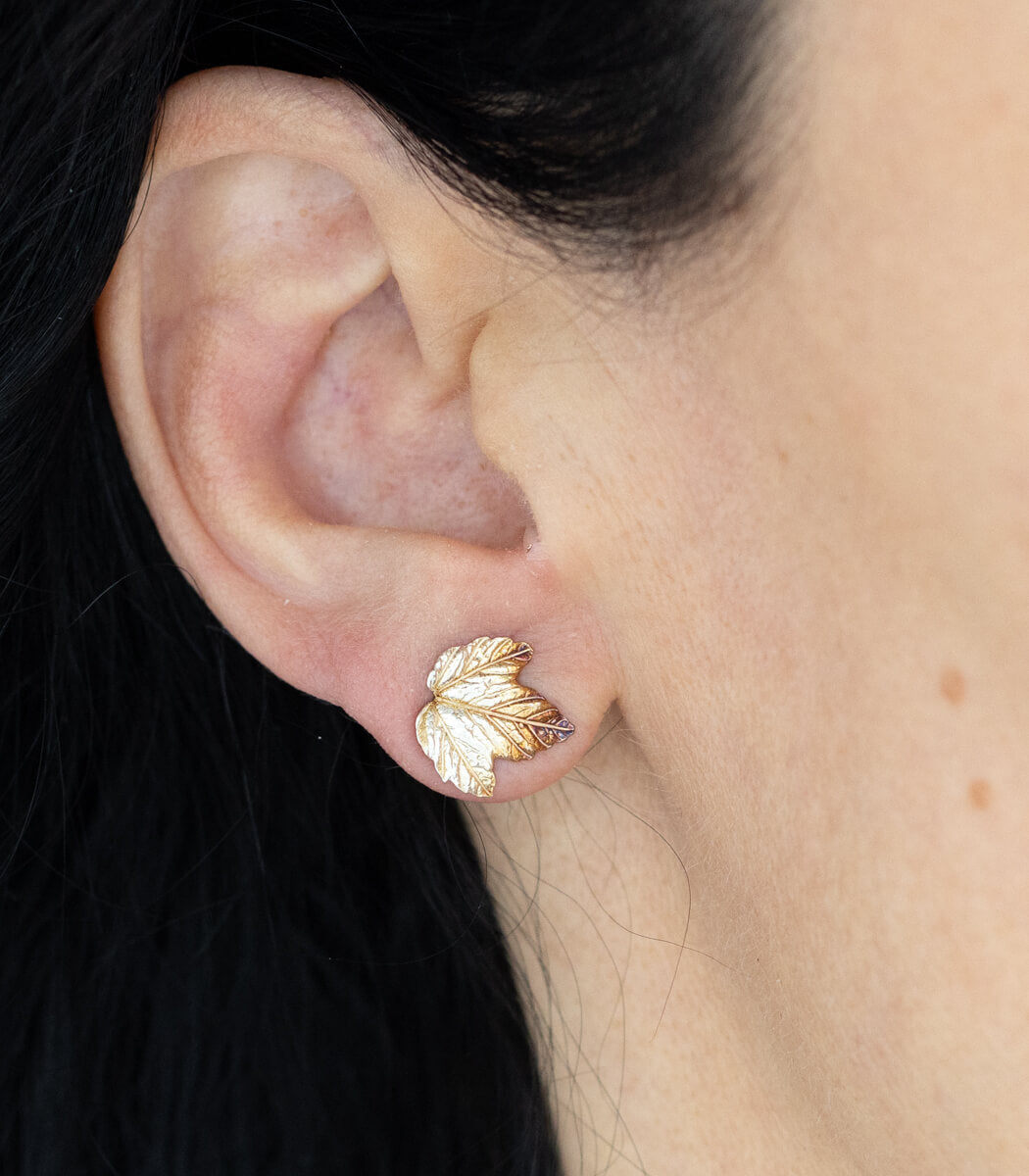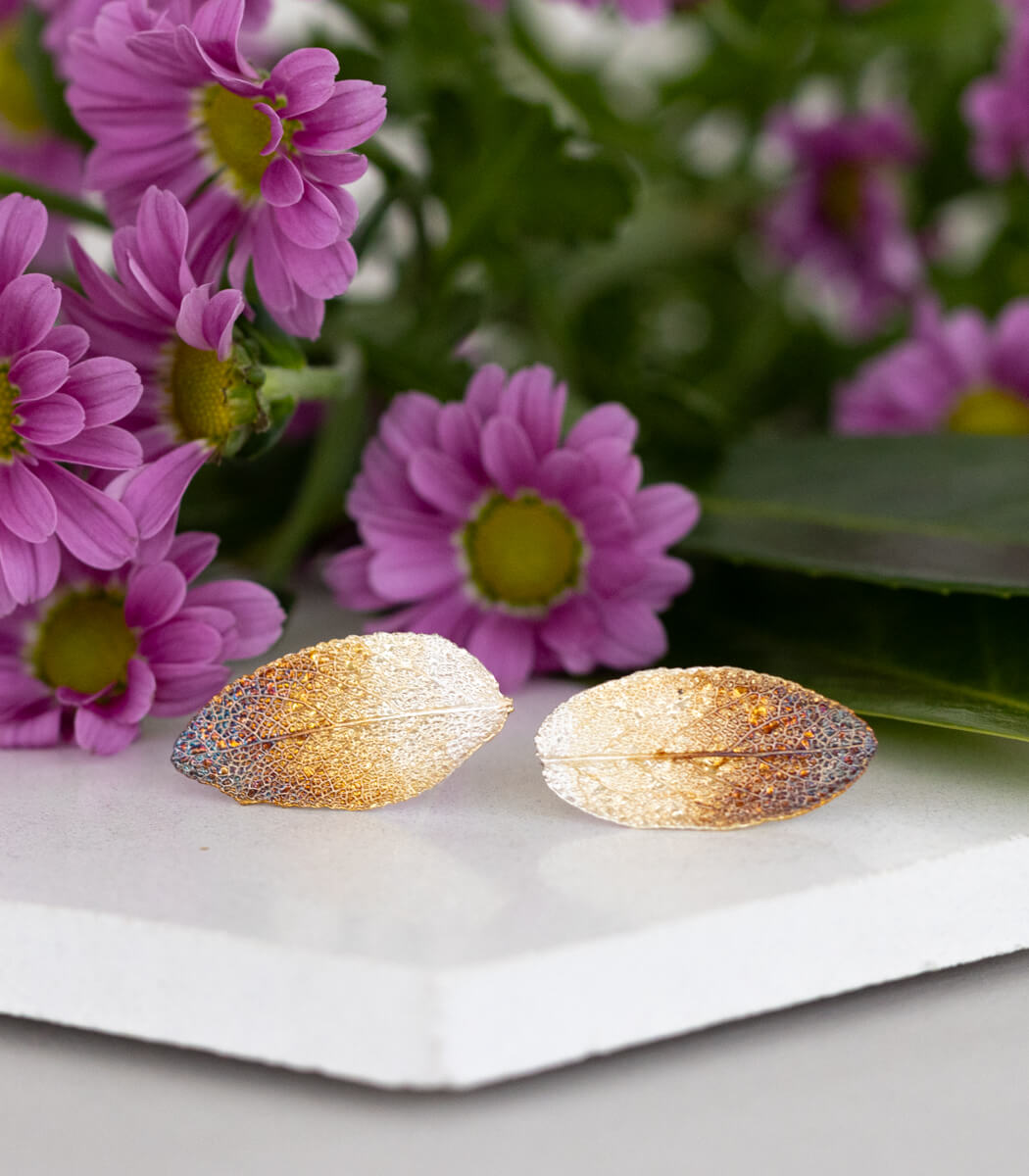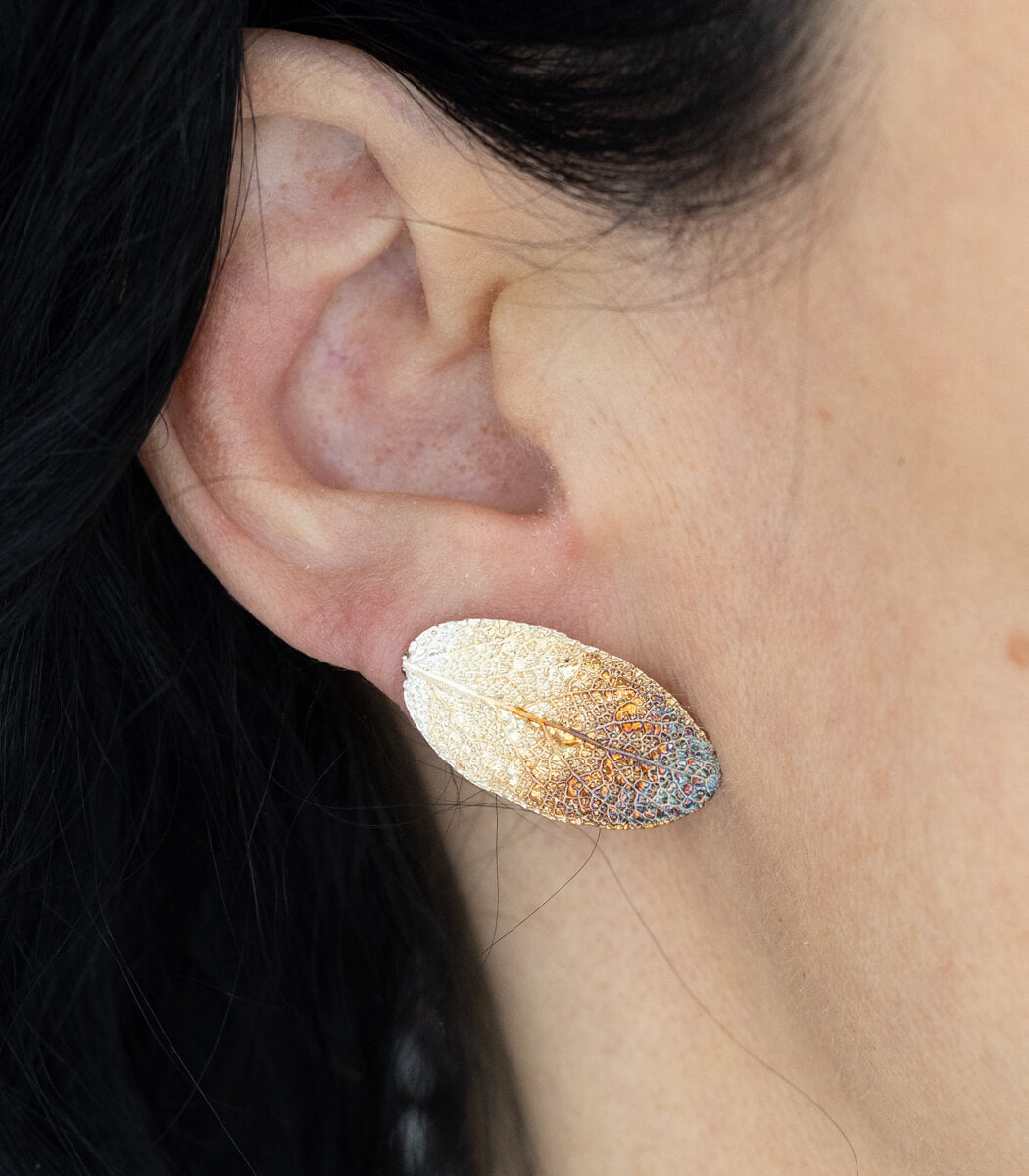
The meaning and symbolism of the leaves
About love, community and the mystery of life
Trees are an ancient symbol of life. They stand firm and unshakable for hundreds of years, spreading their branches and leaves protectively over the earth. In their shade we find protection from the sun, relaxation from the stressful everyday life, comfort in difficult situations and friendship and love when we sit here together and are happy.
"There is no more beautiful country in this time of year than ours, far and wide, where we can find each other under the linden trees in the evening," says the old folk song by Anton Wilhelm von Zuccalmaglio. The tradition of sitting together in the evenings on the village squares under the linden trees and enjoying the time together has been somewhat forgotten. But perhaps it will one day return as part of today's return to the power and beneficial energy of nature.
The linden tree as a symbol of community and love is not the only tree that symbolizes the good forces of life and that inspires me when making my natural jewelry.
Whether Celts, Germanic tribes, the indigenous tribes of North America or the peoples of the Ancient Orient and Asia, legends and myths about the symbolism of leaves and their trees can be found everywhere.
All these good thoughts come to mind when I create my leaf decorations.
The symbolism of the leaves
Leaves are not just leaves: Each leaf has its own shape that makes it unique - just like us humans. Heart-shaped, oval, notched or serrated, many of these external differences probably led our ancestors to associate a specific meaning with each tree and each leaf .
I would like to introduce you to some of the most beautiful of these meanings here.

The Linden Leaf
If you pick up a linden leaf , you will immediately notice its beautiful, heart-shaped form. And so, on walks, you will often find hearts with the initials of lovers carved into the smooth bark of the linden tree. The linden tree has always been a symbol of love, but also of community. The Slavs and Celts met under linden trees in their village squares to celebrate or hold court. They believed that the spirit of this tree revealed the truth.
Love and good company belong together, just as honesty belongs to every friendship. The linden leaf stands for peace and friendship but also for freedom and justice.
You can find out more exciting and interesting details about the lime tree and its leaves in my blog post .
The ginkgo leaf
I have already written a lot about the ginkgo tree and its special leaves on my notebook. "Our little exotic tree", as I like to call it, immigrated to Europe from faraway Asia. But in its homeland it has been revered as a tree of love and immortality for ages. The ginkgo leaf has a very special shape: it resembles our linden leaves, but is smaller, stronger and even more clearly divided into two parts. In China, the ginkgo leaf therefore stands for the life energies yin and yang, which symbolize the circle of life.
Ginkgo leaves are also used in medicine to improve concentration. Ginkgo is even said to make you smarter and prolong your life! And who knows, maybe it really is like that?
Are you curious and want to know more about the ginkgo and its leaves? Then read my blog post - 9 things you should definitely know about the ginkgo.
The maple leaf
Celtic Druids planted the maple in their sacred groves. They believed that the maple was the connection between heaven and earth, a kind of ladder to heaven on which the gods descended and protected people.
And so the maple has always been seen as a protective tree. If you look at a maple leaf, you can see that it has five points. It resembles our hand with the five fingers, if you like, a raised, protective hand.
You can find out more about the maple tree and its leaves in my blog post .
The beech leaf
The Germanic peoples worshipped the beech tree as the seat of the Queen of Heaven, Frigga. She was the mother goddess, the highest of all Germanic goddesses, who protected life, pregnancy and marriage.
The slightly jagged beech leaf looks so inconspicuous, and yet this tree is full of good strength and life energy. Beech trees lose their leaves late in the autumn, thus protecting the new shoots from the cold for as long as possible.
"You should look for beeches and avoid oaks," says an old saying for hikers who get caught in a thunderstorm. This recommendation certainly goes back to the beech as the tree of life that protects and preserves.
In a detailed article about the beech tree, I described why the saying is wrong!
The oak leaf
The oak tree is described in many old stories as a tree of steadfastness and even immortality. This mighty tree can live for up to 1000 years. Oak wood is very hard and is considered an indestructible building material that is not affected by wind and weather and can even withstand fire for longer than other types of wood.
A wreath of oak leaves is given to victors and heroes. The Romans dedicated the oak to their supreme god Jupiter, and oaks were also sacred trees for the Celts and Germanic tribes.
The oak leaf is probably one of the most unique leaves of all: its elongated shape with the bulges makes it absolutely unmistakable, clear and beautiful. It feels smooth and cool, completely different from the soft linden leaves or the rough nettle.
And that is what the oak leaf stands for: strength, individuality and staying power.
The birch leaf
The delicate birch with its magical black and white trunk is considered the tree of spring. Birch branches and Maypoles have always been brought into villages and houses to celebrate the awakening of nature after winter.
The Germanic peoples saw the birch as the seat of their goddess Freya, the second highest goddess after Frigga, who was responsible for love, spring and happiness.
I find the shape of the birch leaf all the more astonishing: it may be delicate and small, but it is sharply jagged. Does this perhaps mean that love is beautiful, but also vulnerable? Perhaps we will find the answer if we stop under a birch tree on our next walk and listen to the mysterious rustling of the small leaves.
If you want to learn more about the birch, then read my blog post about the birch .
The leaves of the olive
When I feel longing for the south and for a holiday, I work with the leaves of the olive tree. They are narrow and clearly drawn, strong and firm.
In the Bible, a white dove brings Noah a branch from an olive tree on his ark, which makes Noah realize: Now I can go back on land. Since then, not only the dove, but also the olive branch has stood for peace.
I also like the fresh yet earthy taste of olive oil. For me, it represents summer, long evenings on the terrace with the crickets chirping, warmth and happiness.
And so even a small olive leaf can put a smile on my face in the cold winter and why the olive leaf also has something magical about it, I have described to you in my blog .
The nettle leaf
Admittedly, you don't like to hold a nettle leaf in your hand, so you might be surprised that I use the leaves of this plant for my natural jewelry.
I find nettles fascinating because they are such an indestructible herb that is full of wonders: a tea made from nettle leaves is incredibly healthy and helps against painful bladder infections, gout or unsightly skin conditions such as acne. The young shoots are a veritable vitamin C bomb in spring that you can enjoy as a salad or nettle spinach.
In ancient times, the leaves and seeds were also said to have an erotic, aphrodisiac effect.
Isn't that reason enough to wear a nettle leaf every now and then? If you are just as fascinated by the nettle and want to find out more about this extraordinary plant, then read my blog post about it.
A special plant: Lady's mantle
I admire the beautiful, star-shaped leaves of the lady's mantle not only because of their shape. Have you ever seen how water droplets form on the leaves, even when it isn't raining?
Scientists call this peculiarity "guttation". It means that a flower has absorbed enough water and is therefore releasing excess liquid in the form of these water pearls. Isn't that fascinating? The Germanic peoples interpreted the water drops on the lady's mantle as the tears of the goddess Freya, who was missing her husband. In Christian times, these became angel tears. Anyone who knew how to collect these drops could brew an elixir of youth and beauty from them, perhaps even make gold - or at least that's what they thought in the Middle Ages. If you're interested in learning more about the lady's mantle - read my blog post .
Is that true? Maybe I'll try it the next time I go and collect the pretty leaves for my leaf decorations.
If you want to learn more about the leaves and their meaning, then read my little leaf guide !











